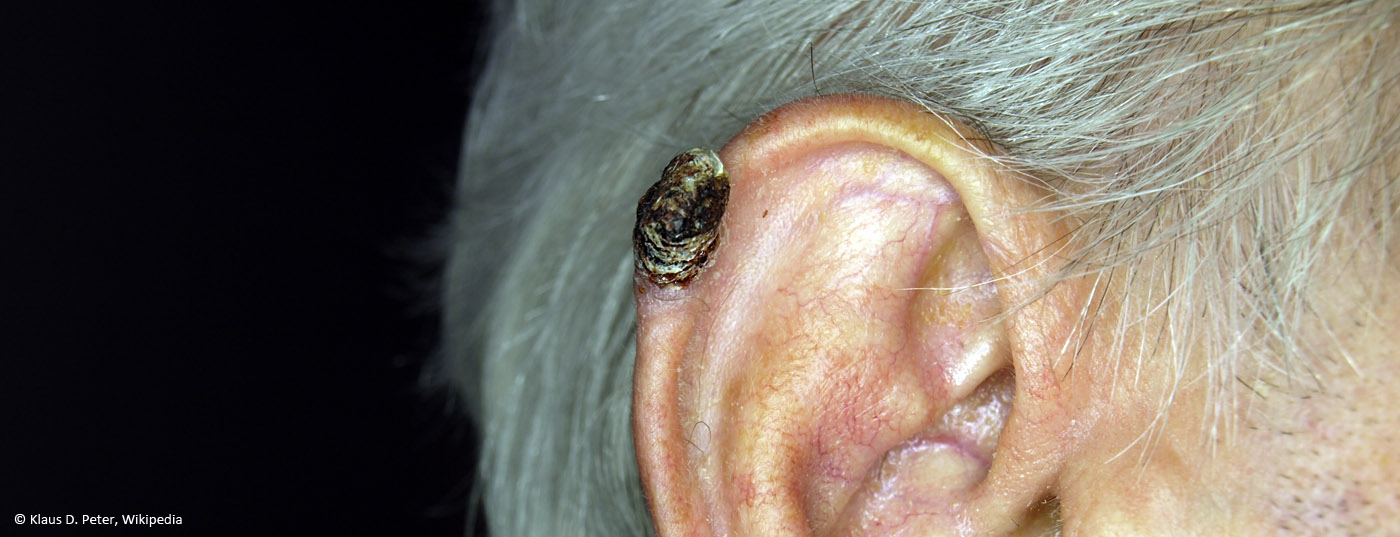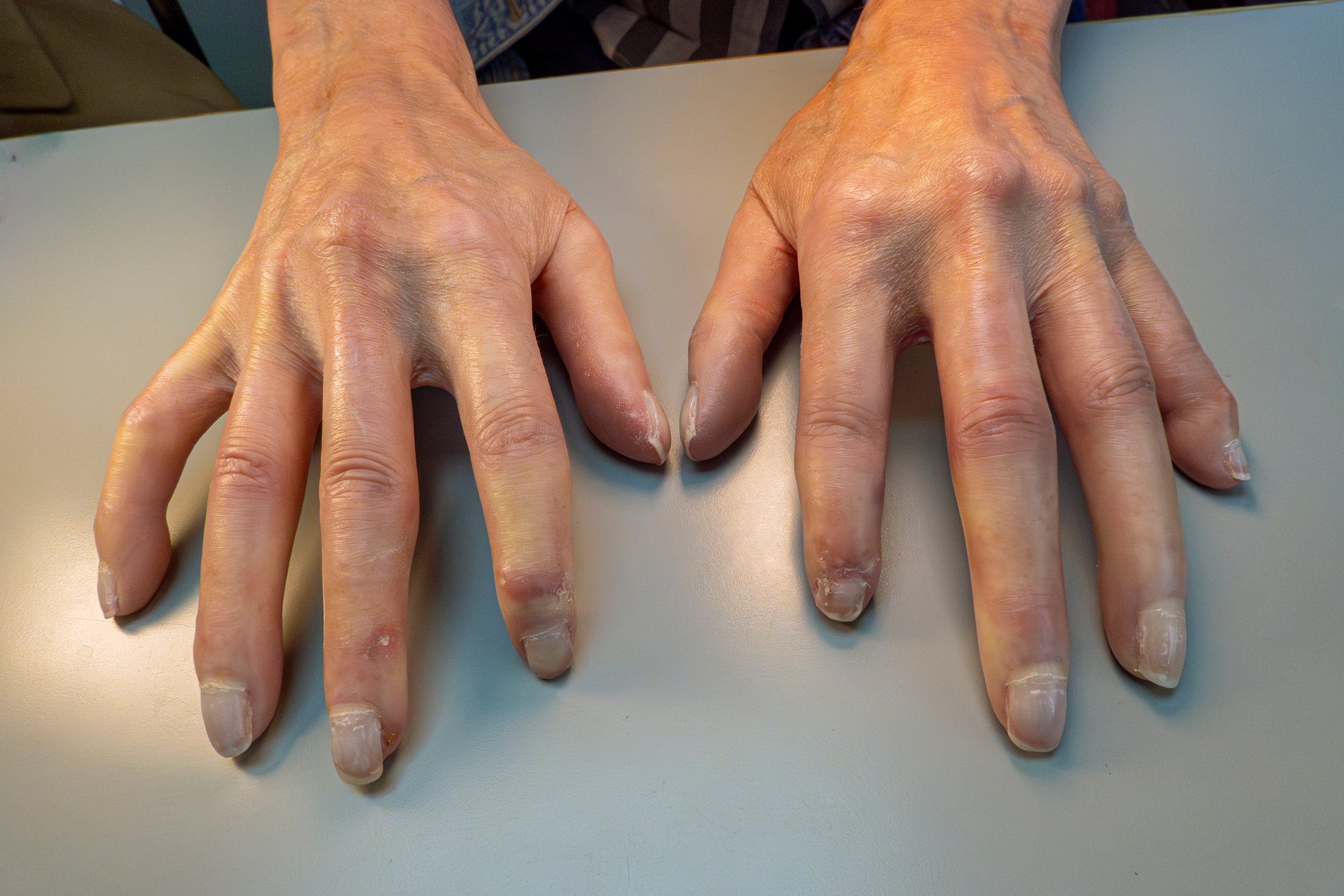Patients with basal cell carcinoma or cutaneous squamous cell carcinoma often develop non-melanocytic skin cancer again in the follow-up period. The aim of a US study was to determine the timing and likelihood of such secondary diseases.
1284 patients with non-melanocytic tumor confirmed by biopsy were followed up prospectively for a median of 5.7 years. Individuals with basal cell nevus syndrome and immunosuppressed individuals were not part of the cohort. Results were evaluated separately for patients with initial diagnosis and patients who had previously had such a tumor (49.2%).
- Patients with initial diagnosis of non-melanocytic skin cancer had a 14.5% chance of recurrence after one year. After three years, the probability was 31.1% and after five years, 40.7%.
- Patients with a previous history of tumor had the following probability rates at the above time points: 43.9%, 71.1%, and 82.0%.
- The two tumor types (basal cell carcinoma/squamous cell carcinoma) did not differ relevantly with respect to frequency or timing of new disease.
- In patients first diagnosed without a subsequent tumor after two years, the probability of a subsequent tumor in the following year was 10.4%, and 18% two years later.
- In patients first diagnosed without a subsequent tumor after four years, the probability of a subsequent tumor in the following year was 5.9%, and 10.8% two years later.
Important for the follow-up
According to the authors, information on second tumors is crucial, especially for planning follow-up. Better research should also be conducted on how biological aspects, lifestyle, or differences in the health care system contribute to the acquisition and detection of secondary tumors. Ongoing routine screening for recurrent disease is theoretically not necessary in all patients with nonmelanocytic tumors because some patients do not have recurrent disease. What distinguishes this cohort and how does it differ from the vulnerable group? Further research is warranted here to better define the screening population.
More aggressive screening efforts are particularly useful in individuals with previous diagnoses of light skin cancer. In addition, a preventive care education session must be conducted with all patients.
Source: Wehner MR, et al: Timing of Subsequent New Tumors in Patients Who Present With Basal Cell Carcinoma or Cutaneous Squamous Cell Carcinoma. JAMA Dermatol 2015; 151(4): 382-388.
InFo ONCOLOGY & HEMATOLOGY 2015; 3(7): 2.












